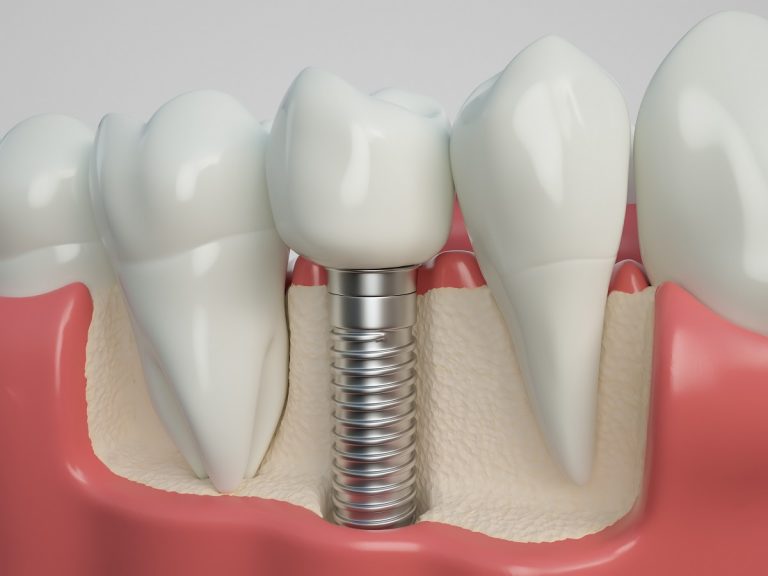Introduction:
Dental implants have revolutionized the field of dentistry by offering a reliable and long-lasting solution for tooth replacement. While most people are aware of the materials used in dental implants, such as titanium, the shape of these implants often goes unnoticed. However, the shape of a dental implant is a crucial factor in determining the success of the procedure. In this blog post, we will explore why the shape of a dental implant is so important.
1. Mimicking Natural Teeth:
One of the primary goals of dental implants is to provide a replacement tooth that looks and functions like a natural tooth. The shape of an implant plays a pivotal role in achieving this goal. Dental implant shapes are carefully designed to mimic the root structure of natural teeth. This ensures that the implant integrates seamlessly with the surrounding bone and gums, providing stability and support for the prosthetic tooth.
2. Proper Load Distribution:
The shape of a dental implant influences how forces are distributed when you bite and chew. A well-designed implant shape ensures that the pressure exerted on the implant and the surrounding bone is evenly distributed. This helps prevent excessive stress on specific areas, reducing the risk of complications like implant fracture or bone resorption.
3. Stability and Osseointegration:
Osseointegration is the process by which the dental implant fuses with the jawbone. The shape of the implant, particularly the surface texture and design, can significantly impact the rate and quality of osseointegration. A properly shaped implant promotes a more stable and secure connection with the bone, which is essential for the long-term success of the implant.
4. Esthetic Considerations:
Dental implants are not just functional; they are also meant to restore your smile’s aesthetics. The shape of the implant collar, which emerges from the gumline, affects the final appearance of the replacement tooth. Properly designed implant shapes help achieve a natural and harmonious smile, as they provide a solid foundation for the visible crown.
5. Versatility:
Different patients have unique oral anatomies and dental needs. Dental implant shapes are available in various forms to accommodate these differences. Dentists can choose from a range of implant shapes to suit the patient’s specific requirements, ensuring a customized and successful implant treatment.
Conclusion:
In the world of dental implants, the shape of the implant is far from an afterthought. It is a critical factor that influences the functionality, stability, and aesthetics of the replacement tooth. The careful design of dental implant shapes enables patients to enjoy not only restored oral function but also the confidence that comes with a natural-looking smile. So, the next time you consider dental implant treatment, remember that the shape of the implant is a key element in achieving a successful outcome.

















